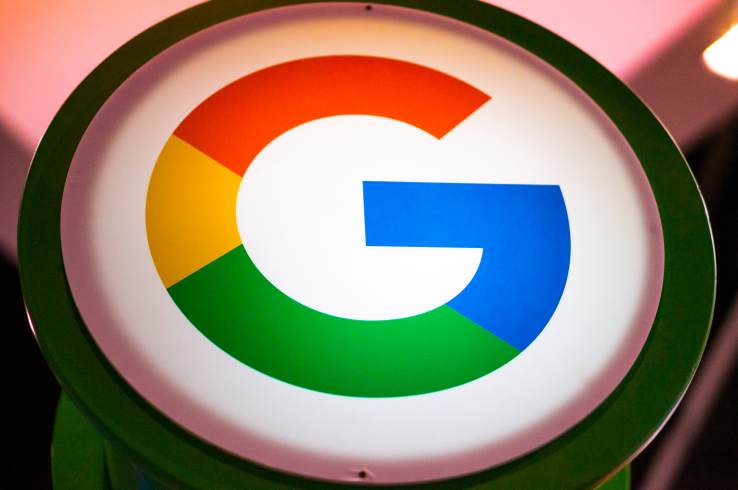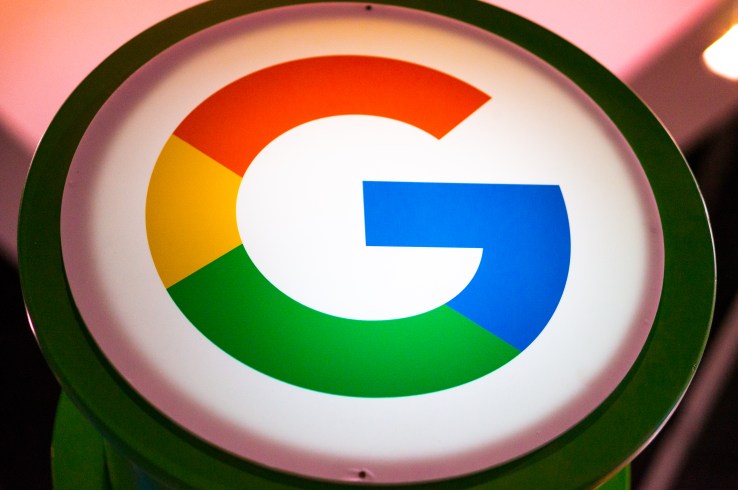

Google is launching a major update to its Play developer services today that should make life a little bit easier for Android developers.
With 65 billion app installs in 2015, Google obviously knows a little bit about what its developers want; with this update, the company is focusing on giving developers more tools to test their apps before a new (or first) release.
 While Google Play already offered developers the ability to run an open beta test for their apps before launch or to test updates (and recently made it a bit easier to enroll users into these tests), the team went a step further and now allows developers to enroll users right from their Play Store landing pages.
While Google Play already offered developers the ability to run an open beta test for their apps before launch or to test updates (and recently made it a bit easier to enroll users into these tests), the team went a step further and now allows developers to enroll users right from their Play Store landing pages.
The button won’t sit right next to the usual “install” button, though. Instead, it’ll be a bit farther down the page.
For developers who don’t have a very active user community yet, the Google Play team will also now highlight some of the best new applications that are still in beta in a new “early access” section on the Play Store.
As Ellie Powers, who leads Google’s developer efforts around Google Play, told me, the team will be on the lookout for apps it can feature and then handpick some of the most promising ones.
Once users are enrolled in a beta test, their ratings in the store won’t count toward the overall rating for an app. Instead, these users can now give private feedback to developers through the store without the need for developers to set up forms or email addresses the way they often do today.
Another new area in the store will highlight collections of apps that users may need to perform more complex tasks (think buying a house). These collections will appear on the landing pages of other apps that are included in these lists.
With this update, the Google Play Developer Console will now also feature an updated integration with the Firebase Test Lab (previously known as the Cloud Test Lab), Google’s service for testing apps on real devices that sit in its data centers. Firebase now offers developers a pre-launch report that summarizes all the issues these automated tests find. The report will show diagnostics and screenshots, as well as tips for fixing crashes.

One other area the team improved is the ability to analyze and respond to user reviews. Now, instead of just giving you a list of reviews from the store, Google will automatically summarize reviews for you and highlight the most important things from them. By default, the console will show you what users are saying about some key areas that influence an app’s success, including stability and design, and how they influence the app’s overall star rating. In addition to these generic topics, the service will also show a list of unique topics that are mentioned in your reviews.
The same list will also then compare your metrics to those of similar apps. These benchmarks, Powers tells me, are a feature developers have been requesting.
To make responding to review easier, Google is launching a new API that allows developers to respond to them from both their custom tools and through partners like Zendesk, which is launching its integration today.

Other new features in the Play developer console includes more in-depth acquisition funnel analytics that can now break down numbers by country and benchmarks, as well as a new service that automatically rounds prices to numbers that make sense in a given country (think $1.99 in the U.S. and 200 yen in Japan).
For the first time, too, the team is launching a mobile app for the Play developer console. Powers tells me this app will allow developers to quickly check stats on the fly, but not every report is available in the app yet. The app will also be able to send notifications to developers.
To ensure developers also tune their apps for users in emerging markets, Google is launching a set of guidelines with checklists for optimizing their apps, as well as a more in-depth guide with tips and best practices for expanding into these markets.

